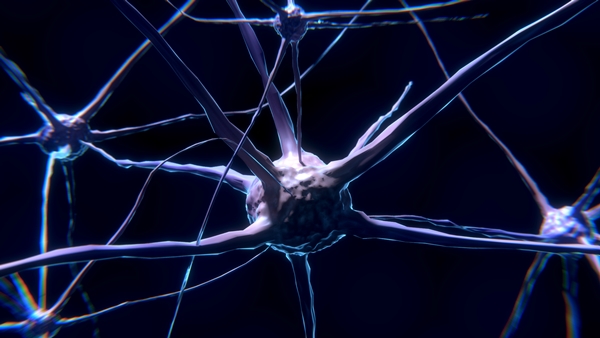23 Jan. 2020. A bio-compatible conduit is shown in tests with monkeys to promote regrowth of damaged nerve fibers, like those suffered in traumatic injuries. A team of engineers and medical researchers from University of Pittsburgh describe their device and test results in yesterday’s issue of the journal Science Translational Medicine (paid subscription required).
Researchers led by plastic surgery and bio-engineering professor Kacey Marra are seeking better options for treating severe injuries to peripheral nerves, those in the body outside the central nervous system, i.e. brain and spinal cord. When peripheral nerves suffer gaps of more than two centimeters (0.8 inches), the standard of care is an autograft, where a piece of a patient’s nerve is taken from another part of the body, then reassembled to repair the gaps.
An autograft means means another area of the body loses some its sensory functions, as well as having an already damaged patient encounter more surgery. In addition, say the authors, when the replacement nerve structure or size does not exactly match the original, full recovery of nerve function is threatened. “It’s like you’re replacing a piece of linguini with a bundle of angel hair pasta,” says Marra in a university statement. “It just doesn’t work as well.”
The Pittsburgh team designed a solution where a damaged nerve can grow back in a supportive and protected environment. That solution starts with a narrow tube of the bio-compatible and degradable polymer polycaprolactone or PCL, often used in regenerative medicine. A November 2018 story in Science & Enterprise, and Science Translational Medicine, describes PCL’s use in replacement spinal discs tested in lab animals.
To encourage nerve cell regeneration and tissue growth, the PCL tubes are lined with tiny spheres of the protein glial cell line–derived neurotrophic factor, or GDNF, that promotes cell growth and attracts Schwann cells that play a key role in nerve fiber regeneration. The tiny spheres can release GDNF inside the polymer tubes for more than 50 days.
The researchers tested their system in macaque monkeys induced with a five-centimeter (two-inch) break in nerve fibers in their forearms. Growth of new nerve fibers in PCL/GDNF conduits was matched against autografts — in this case, the same nerve fibers resewn back into the monkeys’ forearms — and PCL tubes, but without GDNF proteins.
After one year, results show monkeys with the PCL/GDNF conduits recover about the same amount of functional ability in their repaired forearms as monkeys with autograft repairs, and more recovery than monkeys with empty PCL tubes. In addition, electrical impulses travel faster through the repaired nerves with PCL/GDNF conduits than autografts and empty PCL tubes. And nerves with PCL/GDNF repairs have more Schwann cells, more myelin protective coating on nerves, and higher nerve fiber density than autograft repairs or empty PCL tubes.
“We’re the first to show a nerve guide without any cells was able to bridge a large, 2-inch gap between the nerve stump and its target muscle,” notes Marra. In this video, she tells more about the nerve guide and tests.
The technology is protected with U.S. patents granted in 2016 and 2017, assigned to University of Pittsburgh. The inventors, Marra and Pittsburgh colleague Lauren Kokai started the spin-off enterprise AxoMax Technologies LLC in Pittsburgh that licenses the technology from the university for clinical trials and commercialization.
More from Science & Enterprise:
- UPMC to Invest $1 Billion in Medical Enterprises
- Light-Activated Brain Electrodes in Development
- Semiconductors Developed to Emulate Nerve Cells
- Liquid Injectable Electrodes Designed for Nerve Stimulation
- Leg Prosthetic System Restores Sensory Feedback
* * *


 RSS - Posts
RSS - Posts
You must be logged in to post a comment.